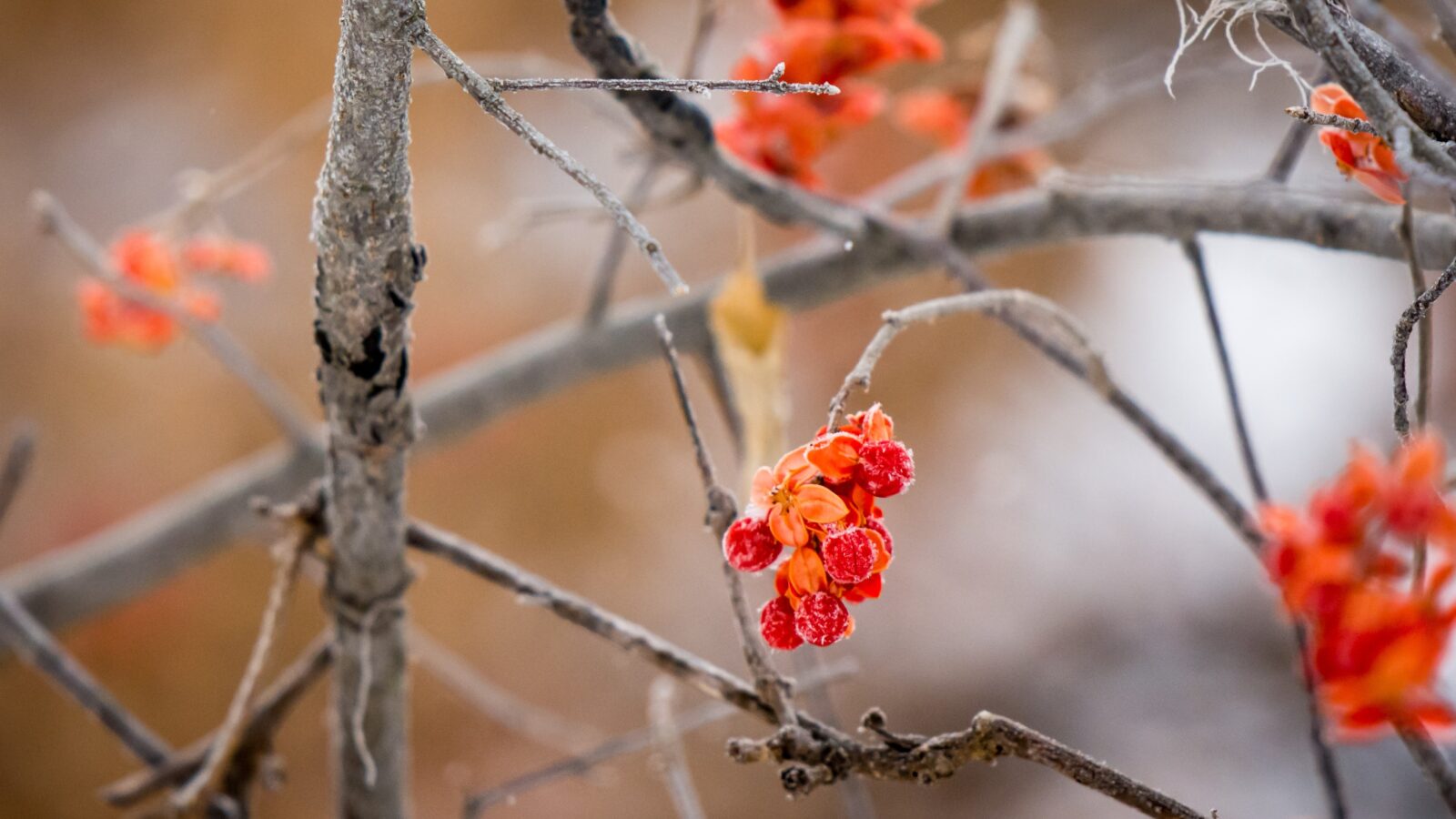When we think about the concept of human flourishing, it’s easy to envision a life filled with constant happiness, unbroken success, and uninterrupted growth. We might picture ourselves as vibrant flowers, always in full bloom, or imagine a world where each day is a journey from one peak to another. But is this idealized vision of flourishing truly representative of the complexities and fullness of human existence?
Languishing vs. Dormancy
In April 2021, Adam Grant wrote the viral NYT article, Feeling Blah During the Pandemic? It’s Called Languishing. I won’t do the article justice by trying to summarize it, but suffice it to say, Grant compellingly described languishing as a feeling of joylessness and aimlessness in a way (and at a time) that resonated with so many. The article was thoughtfully written and Grant offered practical strategies for coping with languishing that gave readers hope.
One week after Grant’s article was published, Austin Kleon wrote a response sharing a different perspective on his blog, I’m not languishing, I’m dormant. Here Kleon asserts, “But one has to remember that naming doesn’t just describe the world, it creates the world, too.” He goes on to explore the analogy of dormancy in plants and how it relates to our own pursuit of flourishing.
“Plants may appear to be languishing simply because they are dormant.”
—Oxford Dictionary of English
Kleon suggests that much like plants that go through cycles of growth and rest, humans experience periods of dormancy in our pursuit of flourishing. Dormancy is not a sign of stagnation or failure but a necessary phase in our journey.
The Full Human Experience
The different ways that Grant and Kleon describe what they were experiencing during the pandemic is a clear illustration that no two human experiences are identical. We are all unique and dynamic, and our life paths are intricate, shaped by our distinct circumstances, values, principles, practices, and more.
And we must appreciate that what are often referred to as negative emotions (e.g., sadness, anger, disappointment) are part of the full human experience, and they do serve a purpose. Unpleasant is not the same as unnecessary. We need these emotions to guide us, serving as signals and signposts that help us stay safe—even alerting us when professional help may be necessary, especially when these intense and unpleasant feelings are pervasive and relentless.
Years later, and I’m still thinking about these thought-provoking articles. Both stretched my thinking and gave me permission to ask myself, “What does it really mean to flourish?”, “Does year-round blooming even make sense?”, and “Do we have to be in bloom in all aspects of our life at the same time to be flourishing?”.
Flourishing Across Life’s Seasons
Social scientists define flourishing as a a multi-dimensional state of well-being and happiness. It encompasses various components, including positive emotions, engagement with activities, meaningful relationships, finding purpose and meaning in life, and achieving personal goals.
Wow, that’s a lot! As a full-time speaker and author as well as a wife and a mom, do I have to be crushing it in all the things all the time to be flourishing?
For example, there are some months where I’m on the road a ton speaking and I don’t get as much time with friends and family. When work travel is intense, I focus on making the time I do get with loved ones quality since I don’t get the quantity I’d like.
In months like December, I’m home more than any other time of year and since my family and friends can only handle so much of me, some of that extra time is focused on reflecting and preparing for the new year and intentionally adding value to those I serve.
So, let’s break it down further.
Dormancy in Plants: A Model for Flourishing
Dormancy in plants is a natural and vital phase in their life cycle. It’s a period when they conserve energy, reduce their metabolic processes, and slow down visible growth. During this time, plants appear less vibrant, shedding leaves, and sometimes even appearing lifeless. However, beneath the surface, they’re far from withering away. Instead, they’re storing energy, building resilience, and preparing for future growth.
The Analogy for Our Lives
There are times when we feel like we’re not achieving our goals or experiencing joy. These periods can be called languishing, as if we’re stuck in a rut. But what if we’re not languishing? What if we’re simply in a state of dormancy, quietly gathering strength, and preparing for our next phase?
Think about it: just as a plant isn’t always in full bloom, we, too, have seasons where our visible progress may seem minimal. These times of dormancy aren’t a lack of flourishing but a strategic pause, a period when we recharge, reflect, and lay the foundation for future growth. I would also like to add that, as complex beings, some aspects of our lives may be in more of a dormant stage while others are blooming.
Embracing Dormancy as Part of Flourishing
So, what’s the key takeaway here? Dormancy isn’t the opposite of flourishing; it’s an essential phase for recharging, refocusing, and building resilience. Just as plants need time to prepare for their next bloom, we also require time to rest and reflect.
The next time we feel like we’re not flourishing, let’s consider that we might be in a dormant phase, quietly preparing for our next burst of growth. We should embrace these moments because beneath the surface, this part of our flourishing journey is quietly taking shape, ready to be revealed in its own time. Let’s remember, flourishing isn’t just about constant visible progress; it’s about embracing the natural ebb and flow of life, like the changing seasons in a garden.
With gratitude,
Lainie
Photo Credit: Robin Lyon on Unsplash


